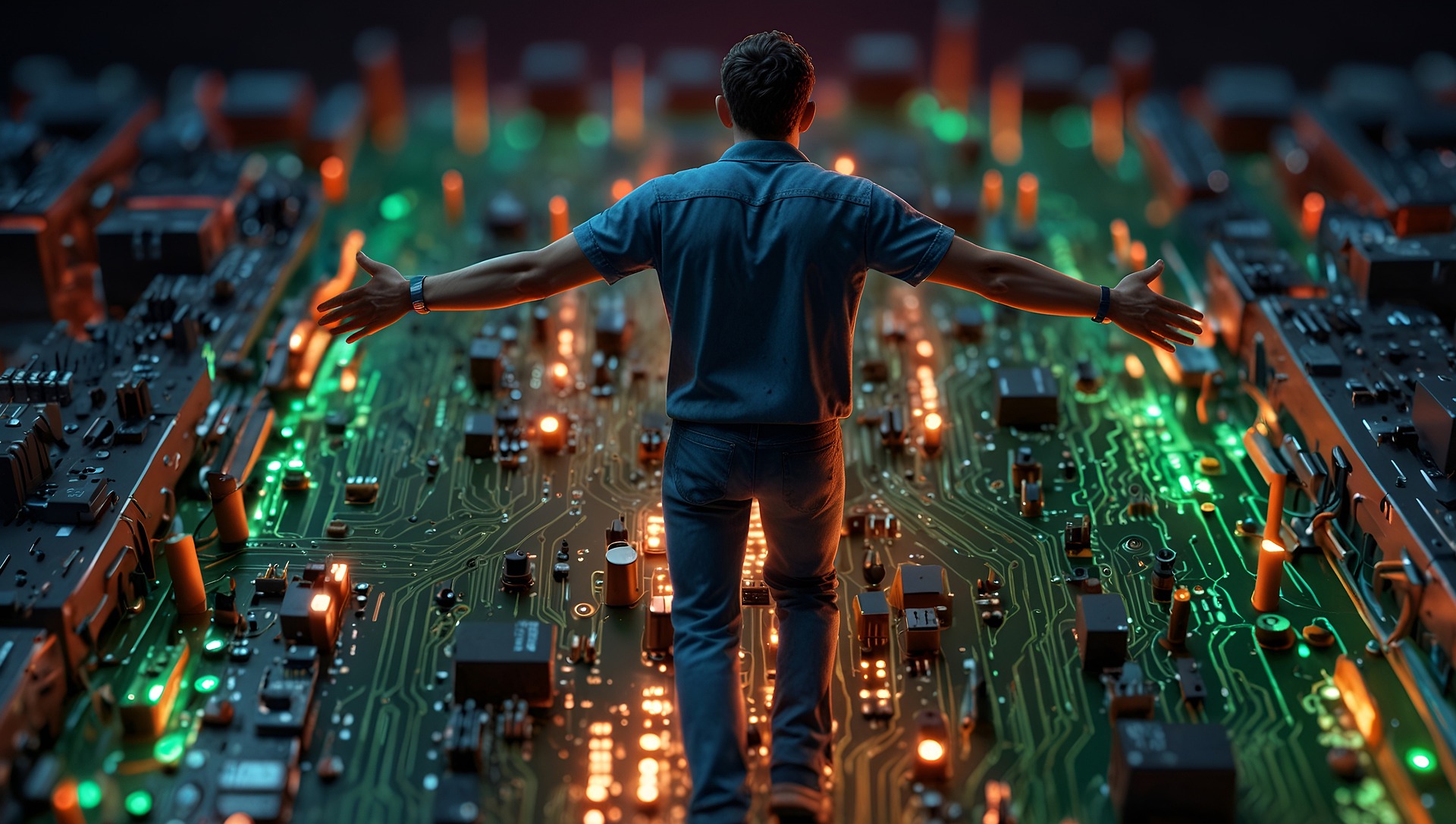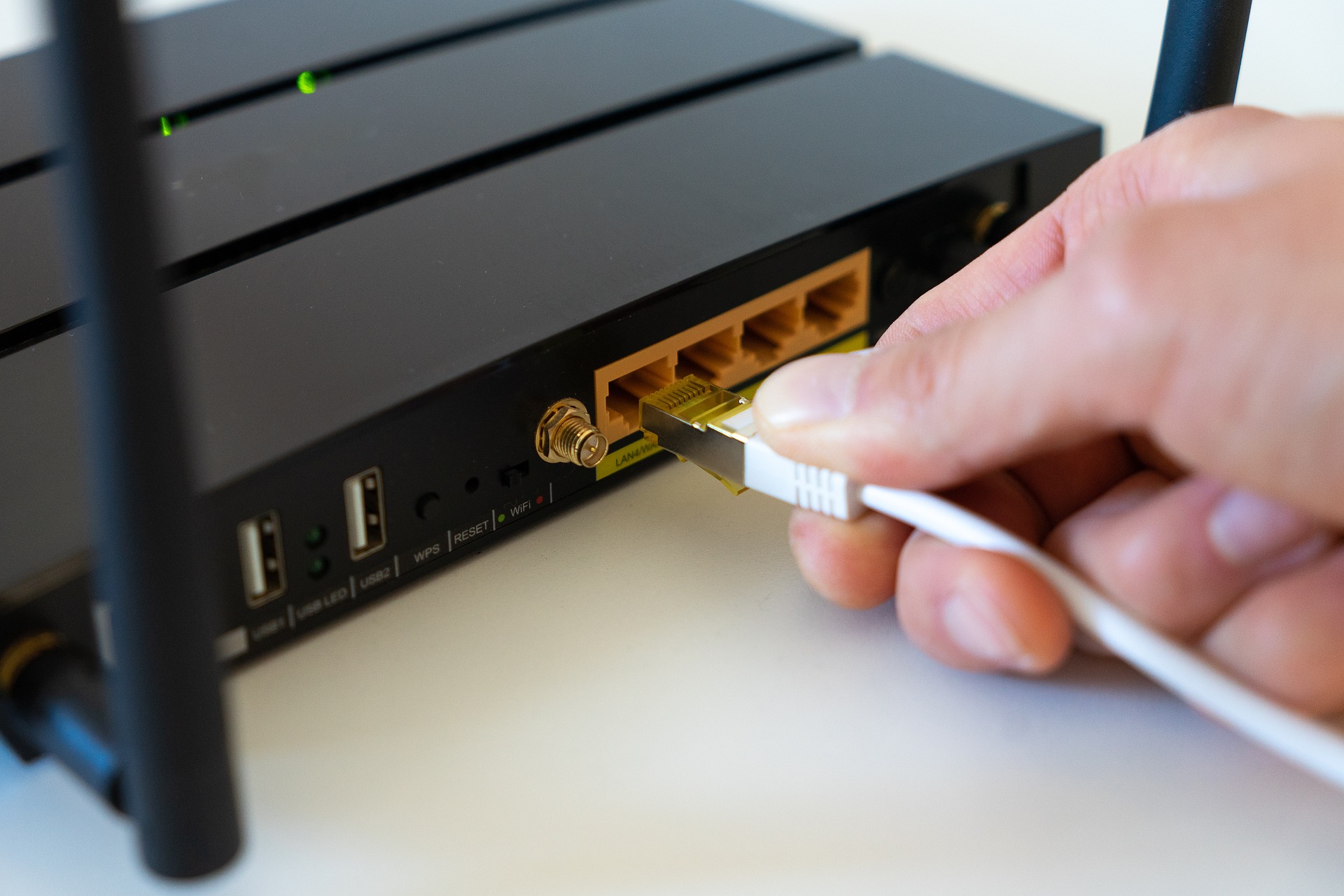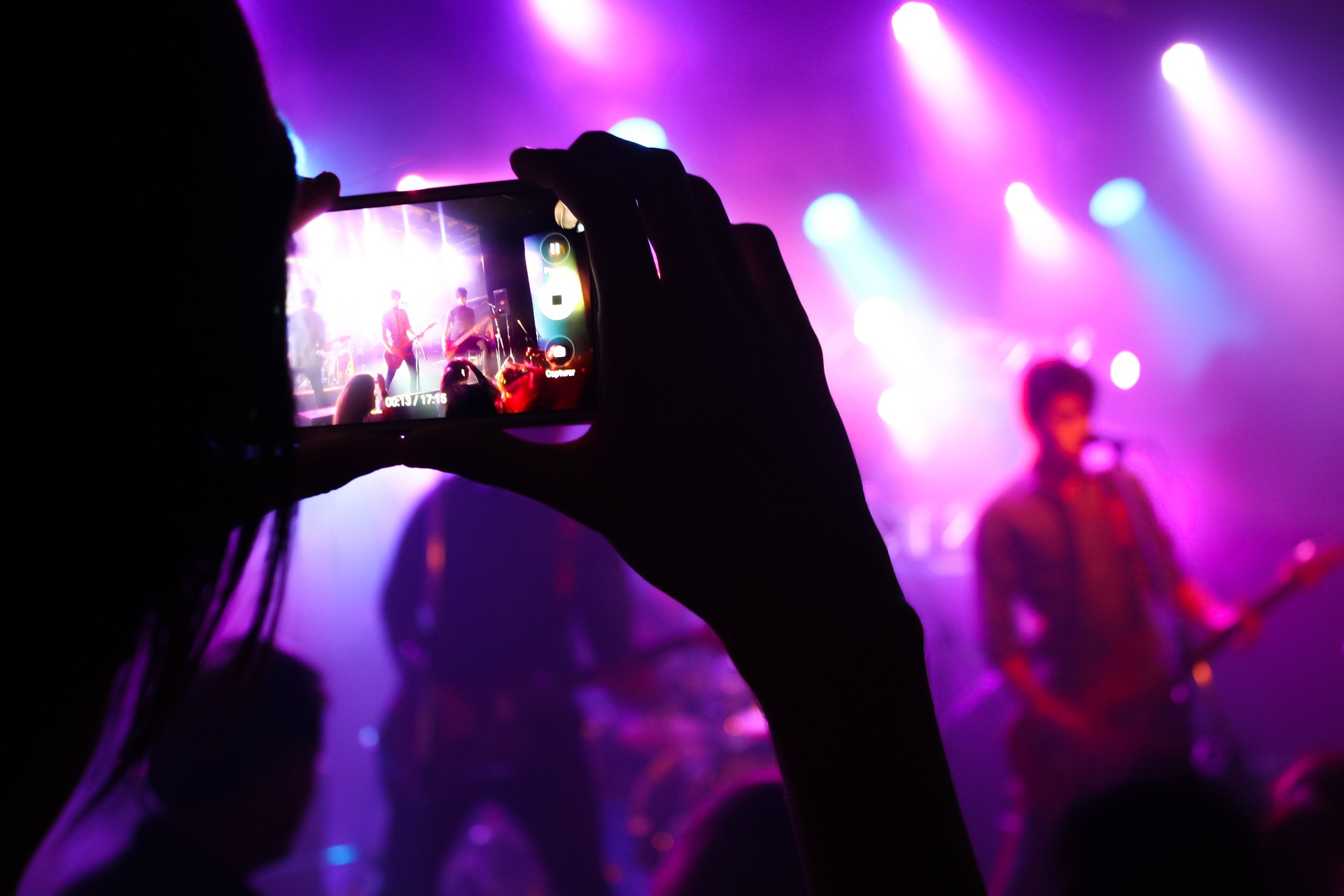Unmasking the Secret of E-Ink: The Future of Reading and More
In the realm of technology, a quiet revolution is reshaping how we consume written content. This is the world of E-Ink, an electronic paper display technology that is changing how we read and interact with digital content. Let's embark on a journey to understand the history, current trends, and future potential of E-Ink technology.

A Walk Down Memory Lane: The Genesis of E-Ink
E-Ink was born out of a simple need – to replicate the reading experience of traditional paper on digital devices. This technology was conceived at the Massachusetts Institute of Technology’s Media Lab in the 1990s. The idea was revolutionary: digital paper that could hold an image indefinitely without using power, providing a comfortable, paper-like reading experience.
Over the years, E-Ink technology has been embraced by e-readers, smartwatches, and even smartphones. Its low power consumption, excellent readability under bright light, and less strain on the eyes compared to traditional backlit displays have made it a favorite among tech enthusiasts and everyday consumers.
The Here and Now: E-Ink in Today’s Tech Landscape
E-Ink has come a long way from its humble beginnings. Today, it is not just used in e-readers but has also found a place in signage, retail, and wearable technology. E-Ink’s versatility has enabled it to be used in diverse ways, from dynamic price tags in stores to smart luggage tags that update in real-time. The technology has also been integrated into smartwatches, providing longer battery life and better outdoor visibility.
The latest E-Ink Carta technology, for instance, offers a sharper, clearer display and faster page turns, enhancing the user experience. Even smartphones, like the YotaPhone and Hisense A5, have incorporated E-Ink screens, allowing users to read comfortably for hours without worrying about battery life.
The Dollars and Cents: The Market Impact of E-Ink
Given its potential, it’s no surprise that the E-Ink market is expected to grow significantly. According to a report by Market Research Future, the global E-Ink display market is projected to reach USD 28.87 billion by 2023, growing at a CAGR of 6.1% from 2017 to 2023. This growth is fueled by the rising demand for on-the-move information, the growth of the IoT, and the increasing adoption of wearable devices.
However, despite its many advantages, E-Ink technology is not without its drawbacks. The displays are typically monochromatic, and while color E-Ink displays exist, they are still not as vibrant as their LCD or OLED counterparts. Additionally, the refresh rate of E-Ink displays is slower than traditional screens, making them unsuitable for video playback or gaming.
Looking Forward: The Future of E-Ink
Despite these challenges, the future of E-Ink looks promising. Researchers are tirelessly working on improving the color reproduction and refresh rate of E-Ink displays. The introduction of E-Ink Kaleido, a new color ePaper technology, is a step in the right direction. It promises to offer full-color gamut at a fraction of the power consumption of traditional displays.
In the future, we might see E-Ink technology being used in unexpected places. Imagine a world where your coffee mug displays the morning news, or your wallpaper changes to match your mood. The possibilities are endless.
Wrapping Up: E-Ink and the Democratization of Reading
While E-Ink may not replace traditional displays entirely, it is carving out a niche for itself in the world of low-power, high-readability devices. It is democratizing reading, making it more accessible to people who might otherwise struggle with the eye strain caused by traditional backlit screens.
In conclusion, E-Ink technology is more than just a novel gadgetry feature. It represents a shift in how we consume digital content. As this technology continues to evolve and improve, it will undoubtedly play a significant role in shaping our digital future.






